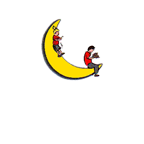Penguins' Class Autumn
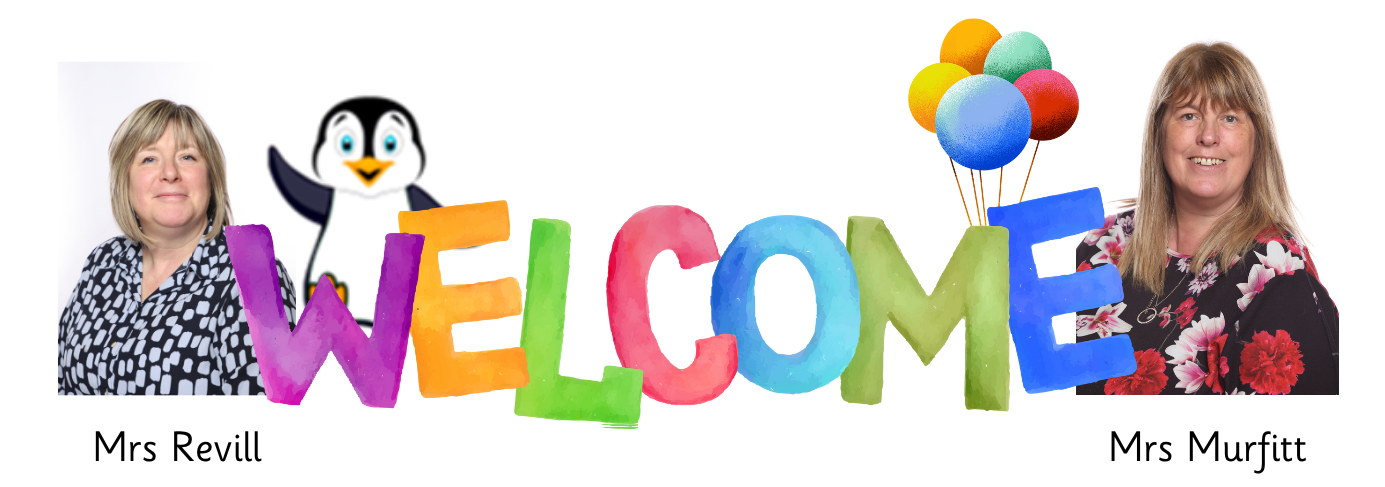
Mrs Murfitt is the class teacher in Penguins. Mrs Murfitt enjoys teaching art and science. For the Autumn Term, Mrs Murfitt is really looking forward to our Christmas concert and our topic about Tulum in Mexico. In Penguins, PE days are Thursdays and Fridays this term. Spellings are given out on Fridays and tested on Thursdays. Homework is put on Seesaw on Fridays. Star stamps are given for every time your child reads at home and this is checked on Fridays too.
Penguins' Teaching Assistant is Mrs Revill. Mrs Revill says,"A warm welcome to everyone! I'm Mrs Revill, the Teaching Assistant in Penguins. I'm passionate about phonics, reading and French. In the Autumn term, I'm looking forward to sharing some fun, creative ideas with you during our Friday Golden Time."
Geography
In this learning overview, we'll dive into the fascinating comparison between Mansfield and Tulum, 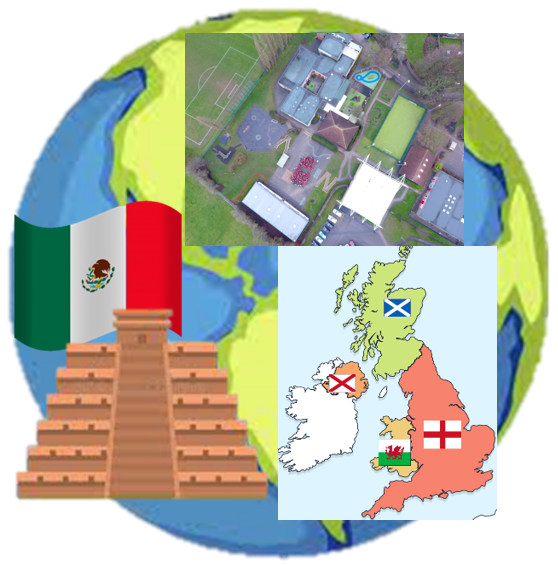 Mexico, and explore various geographical concepts. We'll start by using globes and atlases to understand where Mexico is situated in relation to our local area. Next, we’ll discover how to represent the geographical features of Mansfield on a simple map, highlighting key aspects like parks, rivers, and roads. This will lay the groundwork for comparing our local environment with Tulum. We'll investigate both the physical features—think beaches versus hills—and the human-made elements, such as buildings and amenities. Finally, we'll compile the information and create an engaging presentation to answer the question: "What are the similarities and differences between Mansfield and Tulum, Mexico?" Let’s get started on this exciting journey of discovery!
Mexico, and explore various geographical concepts. We'll start by using globes and atlases to understand where Mexico is situated in relation to our local area. Next, we’ll discover how to represent the geographical features of Mansfield on a simple map, highlighting key aspects like parks, rivers, and roads. This will lay the groundwork for comparing our local environment with Tulum. We'll investigate both the physical features—think beaches versus hills—and the human-made elements, such as buildings and amenities. Finally, we'll compile the information and create an engaging presentation to answer the question: "What are the similarities and differences between Mansfield and Tulum, Mexico?" Let’s get started on this exciting journey of discovery!
Writing
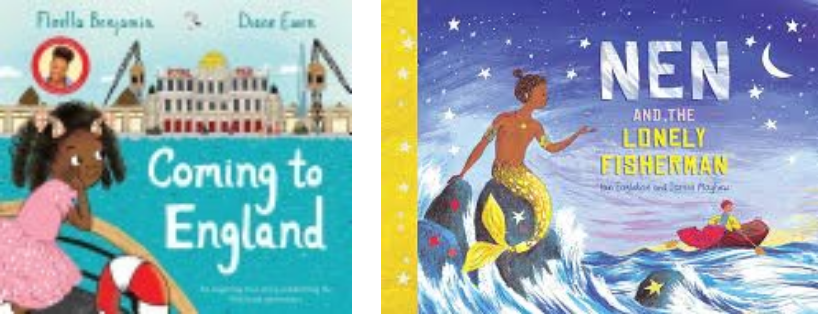 Our writing this term will be inspired by the books 'Coming to England' by Floella Benjamin and 'Nen and the Lonely Fisherman'. 'Coming to England' will be the focus of a recount where the children will write a letter in role. In the second unit, 'Nen' the children will write a fantasy story based on this classic tale. Throughout our writing, we will continue to develop our grammar, punctuation and spelling through our Gateway, Mastery and Feature keys.
Our writing this term will be inspired by the books 'Coming to England' by Floella Benjamin and 'Nen and the Lonely Fisherman'. 'Coming to England' will be the focus of a recount where the children will write a letter in role. In the second unit, 'Nen' the children will write a fantasy story based on this classic tale. Throughout our writing, we will continue to develop our grammar, punctuation and spelling through our Gateway, Mastery and Feature keys.
Reading
During the autumn term, the children will be accessing a range of different text types, including 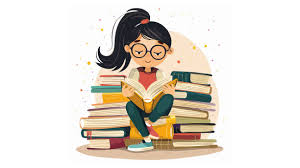 non-chronological reports linked to their year 1 history unit around castles and a narrative entitled 'The enormous Carrot.' In each reading unit, word reading and fluency are enhanced through activities like echo reads, timed reads, and fluency grids. Texts feature high-frequency and common exception words, helping children read them quickly and accurately. With repeated encounters, they can sound out unfamiliar words effectively, boosting their fluency and confidence. Our children are encouraged to utilise their vocabulary to grasp texts, discussing meanings and connecting new words to what they already know. Through various retrieval questions, children are taught to identify and explain key aspects of fiction, non-fiction, and poetry texts, such as characters, events, titles, and information.
non-chronological reports linked to their year 1 history unit around castles and a narrative entitled 'The enormous Carrot.' In each reading unit, word reading and fluency are enhanced through activities like echo reads, timed reads, and fluency grids. Texts feature high-frequency and common exception words, helping children read them quickly and accurately. With repeated encounters, they can sound out unfamiliar words effectively, boosting their fluency and confidence. Our children are encouraged to utilise their vocabulary to grasp texts, discussing meanings and connecting new words to what they already know. Through various retrieval questions, children are taught to identify and explain key aspects of fiction, non-fiction, and poetry texts, such as characters, events, titles, and information.
Maths
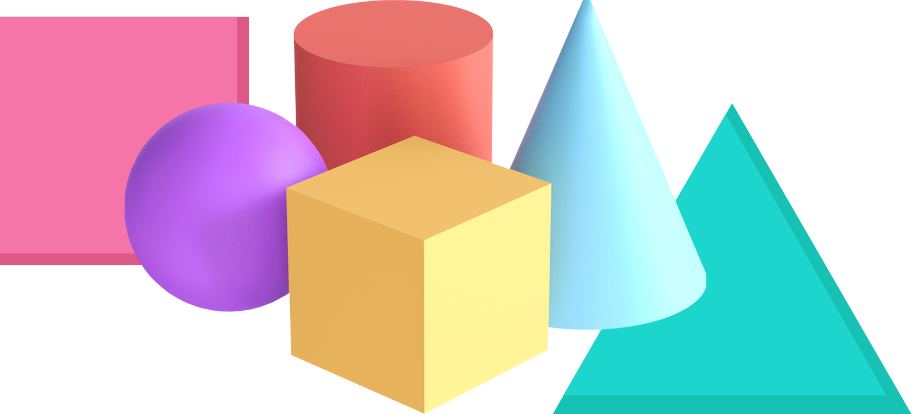 Maths in the autumn Term will begin with Place Value. The children will count and write numbers to 100 in both numerals and words. They will partition recognising the tens and ones. Furthermore, the children will count in 2s, 5s, 10s and 3s. During the addition and subtraction learning, we will work towards addition and subtraction bonds within 20 and in 10s to 100. We will add 3 1 digit numbers and add and subtract across 10. The final maths unit of the autumn term is shape. The focus will be counting sides and vertices on 2D shapes and faces, edges and vertices on 3D shapes. The children will sort both 2D and 3D shapes and explore lines of symmetry.
Maths in the autumn Term will begin with Place Value. The children will count and write numbers to 100 in both numerals and words. They will partition recognising the tens and ones. Furthermore, the children will count in 2s, 5s, 10s and 3s. During the addition and subtraction learning, we will work towards addition and subtraction bonds within 20 and in 10s to 100. We will add 3 1 digit numbers and add and subtract across 10. The final maths unit of the autumn term is shape. The focus will be counting sides and vertices on 2D shapes and faces, edges and vertices on 3D shapes. The children will sort both 2D and 3D shapes and explore lines of symmetry.
Art and Design and Technology
 In our upcoming lessons, we’ll dive into the vibrant world of Yayoi Kusama! First, we’ll explore who she is and her unique style, especially her signature polka dots. Next, we’ll experiment with various techniques to create our own dot patterns, and then get crafty by recreating one of her artworks using collage. We’ll also have a go at making a 3-D form from clay using the rolling technique before experimenting with paints to mimic Kusama’s famous pumpkins.
In our upcoming lessons, we’ll dive into the vibrant world of Yayoi Kusama! First, we’ll explore who she is and her unique style, especially her signature polka dots. Next, we’ll experiment with various techniques to create our own dot patterns, and then get crafty by recreating one of her artworks using collage. We’ll also have a go at making a 3-D form from clay using the rolling technique before experimenting with paints to mimic Kusama’s famous pumpkins.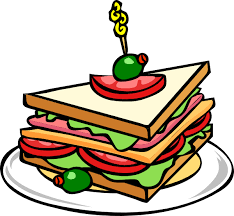
In Design and Technology, we’ll uncover hidden sugars in drinks, conduct some fun taste tests, design our own wraps, and finally, make and evaluate them—delicious!
Science
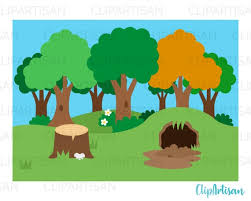 Our year 2 science units for the Autumn term are Local Habitats and Choosing Materials. In our exploration of local habitats, we consider what we find in nature. We ask whether items are currently alive, have never been alive, or were once alive. Discovering what lives in trees and the differences between woody and grassy habitats leads us to questions about diets—like what woodland animals munch on versus what pond creatures enjoy. On the topic of choosing materials, we evaluate whether they’re suitable for various purposes, such as what makes for a good bouncing ball or the best fabrics for toddlers' play dungarees. Plus, we ponder who is behind the development of new materials!
Our year 2 science units for the Autumn term are Local Habitats and Choosing Materials. In our exploration of local habitats, we consider what we find in nature. We ask whether items are currently alive, have never been alive, or were once alive. Discovering what lives in trees and the differences between woody and grassy habitats leads us to questions about diets—like what woodland animals munch on versus what pond creatures enjoy. On the topic of choosing materials, we evaluate whether they’re suitable for various purposes, such as what makes for a good bouncing ball or the best fabrics for toddlers' play dungarees. Plus, we ponder who is behind the development of new materials!
RSHE - Relationship, Sex and Health Education
Our 'No Outsiders' themes see us looking at how we welcome different people and develop self-confidence, asking the question: "What makes a happy friendship?" In E-Safety, we will consider how others may look and act differently on and offline. Additionally, we will explore how we should get help during an emergency and to identify strengths and abilities and gender stereotypes.
PE
Our PE topics for the Autumn term in year 2 are dance, gymnastics and games. In dance, the children will perform using a range of actions and body parts with growing co-ordination. Additionally, they will begin to perform learnt skills with some control. In gymnastics, we will be working on our shapes and balance in a yoga-inspired unit. 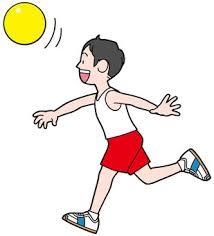 Finally, in games, our children will be gaining a greater understanding about travelling and using space with a ball and how to throw different types of equipment.
Finally, in games, our children will be gaining a greater understanding about travelling and using space with a ball and how to throw different types of equipment.
Music
Pulse, Rhythm and Pitch is the title of our first musical unit. Children will learn that music has a pulse and a steady beat. They will also discover that music is also made up of long and short and high and low sounds, called ‘rhythm’ and ‘pitch’ and that these elements combine when we sing and play.
The second unit is entitled 'Playing in an Orchestra'.
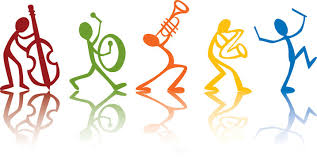
Children will learn that playing together is a very important part of learning music. That there are many ensembles, bands and groups you can play in. One of these groups is an orchestra.
Computing
Our two computing units for the Autumn term are Photography and Presentation Skills. In these Creating Media units, children learn essential photography and presentation skills. They begin by using a digital device to capture photographs, making thoughtful choices about composition and understanding what constitutes a good photo. Improving their images and recognising the ability to edit them adds depth to their learning.
In terms of presentation skills, our children develop basic computer skills and organise their ideas effectively. They create simple presentations with text and images, learning to format and reorder slides. Finally, they also acquire the ability to search for information and print their work, making the whole process interactive and engaging.
develop basic computer skills and organise their ideas effectively. They create simple presentations with text and images, learning to format and reorder slides. Finally, they also acquire the ability to search for information and print their work, making the whole process interactive and engaging.
RE
In this sequence of lessons, we'll explore 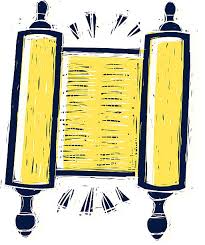 The Jewish Bible and the Torah, focusing on the story of Noah. We’ll look at key characters, understand their significance to the Jewish and Christian faiths, and reflect on why this ancient narrative remains relevant in today's society.
The Jewish Bible and the Torah, focusing on the story of Noah. We’ll look at key characters, understand their significance to the Jewish and Christian faiths, and reflect on why this ancient narrative remains relevant in today's society.
